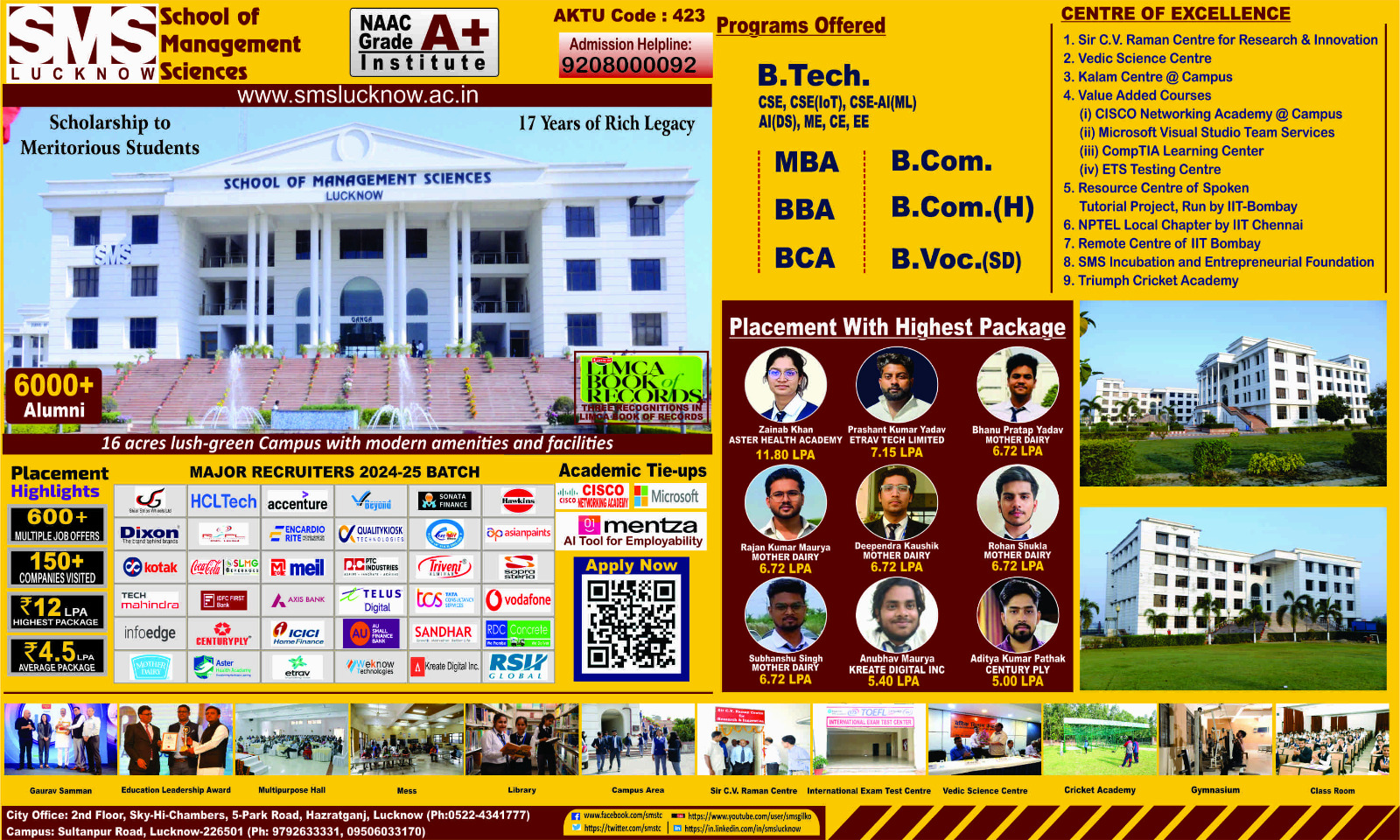Kolkata: Kolkata, formerly known as Calcutta, boasts an architectural heritage that reflects a fascinating blend of colonial grandeur and indigenous creativity. Once the capital of British India (1773–1911), the city retains structures that echo its colonial past while coexisting with traditional Bengali architecture. Here’s a look at what makes Kolkata’s architecture unique:
1. Victorian and Neo-Classical Splendor
The British colonial rule left an indelible mark on Kolkata’s skyline, introducing architectural styles such as Victorian, Gothic, and Neo-Classical.
- Victoria Memorial: A stunning blend of British and Mughal architectural styles, the Victoria Memorial stands as an iconic symbol of Kolkata. Made of white Makrana marble, it was commissioned to commemorate Queen Victoria’s reign.
- St. Paul’s Cathedral: Built in the Gothic Revival style, this Anglican cathedral features impressive stained-glass windows and a serene ambience.
- Government Buildings: Structures like Writers’ Building and General Post Office (GPO) exhibit classical European designs with Corinthian columns and grand facades.
2. Gothic Revival Architecture
The Gothic Revival style introduced dramatic structures with pointed arches, ribbed vaults, and intricate detailing:
- Howrah Station: Opened in 1854, this railway station with its majestic arched windows and towers is a fine example of functional yet aesthetic design.
3. Indo-Saracenic Influence
The Indo-Saracenic style emerged in the late 19th century, blending Mughal, Persian, and Gothic elements. Kolkata’s adaptation of this style reflects its multicultural fabric:
- The Indian Museum: The oldest museum in India showcases a mix of colonial and Indian motifs.
- Metcalfe Hall: Inspired by Greek and Roman temple designs, it features 30 lofty Corinthian columns.
4. Art Deco Touches
In the early 20th century, Kolkata embraced Art Deco architecture, characterized by geometric patterns and streamlined forms:
- New Market: A prime shopping hub with its unique Art Deco facades.
5. Heritage Mansions and Bungalows
The traditional zamindar (landlord) houses and rajbaris (royal houses) capture the spirit of Bengal’s aristocracy during the British era. These houses often have:

- Spacious courtyards
- Ornate stucco work
- Tall louvered windows
- Cast-iron railings
6. Synagogues and Churches
Kolkata’s Jewish and Christian communities also contributed to its architectural diversity:
- Magen David Synagogue: A striking red-brick building with elaborate stained-glass windows.
- Armenian Church: One of the oldest Christian structures in India, known for its simplicity and charm.
7. The Charm of North Kolkata
North Kolkata’s labyrinthine streets are home to centuries-old neighborhoods with their distinct architectural styles:
- Thakurbari (Tagore House): The ancestral home of Rabindranath Tagore is an embodiment of Bengali renaissance architecture.
- Chitpur Road: Lined with old mansions, these streets evoke nostalgia for Kolkata’s golden era.
8. Modern Urban Developments
While colonial and traditional influences dominate, Kolkata has embraced modernity with structures like the Salt Lake Stadium, Science City, and Eco Park that represent contemporary architectural trends.
Preservation Challenges
Despite its grandeur, Kolkata’s architectural heritage faces challenges:
- Urbanization and neglect threaten historical structures.
- Restoration efforts are underway, with several organizations and citizens advocating for heritage conservation.
Kolkata’s unique colonial architecture is not merely a remnant of its past but a living, breathing chronicle of its evolution, resilience, and rich cultural fabric. Whether strolling down Dalhousie Square or exploring the narrow alleys of Kumartuli, the city’s architectural journey is a timeless narrative that continues to inspire.





